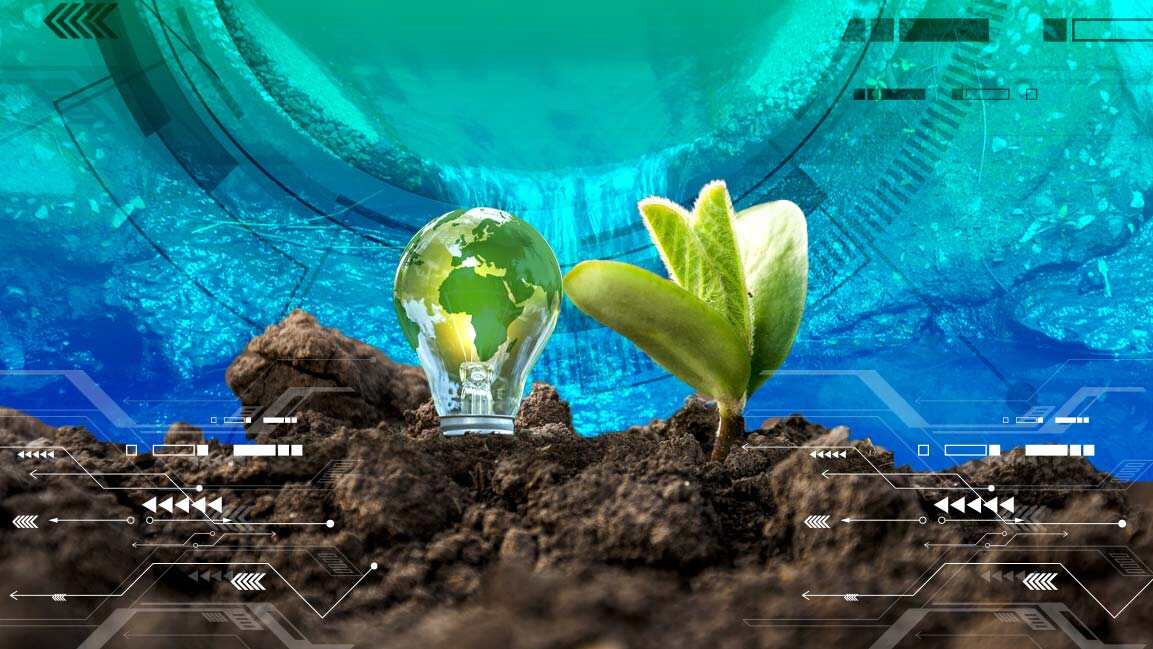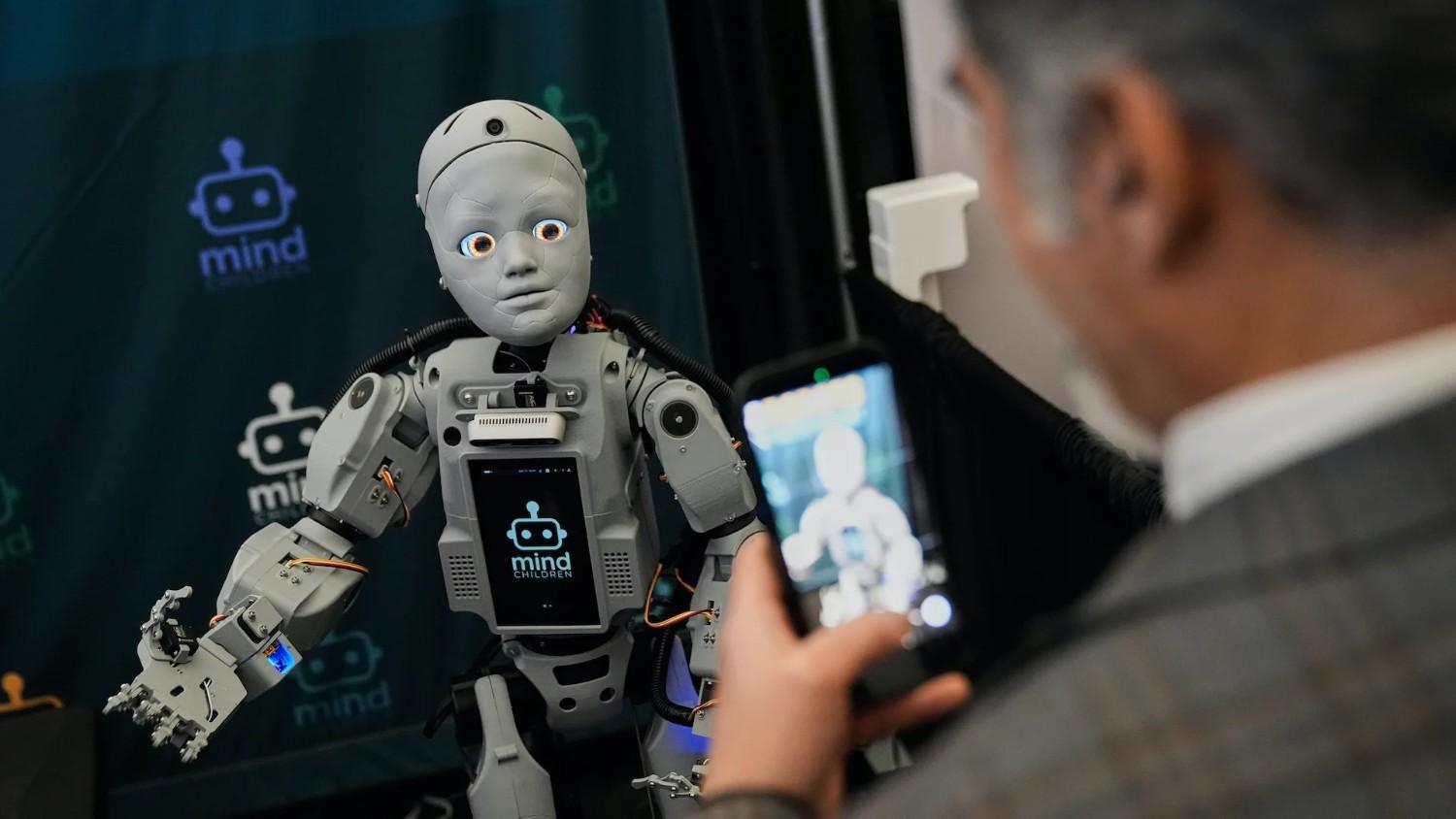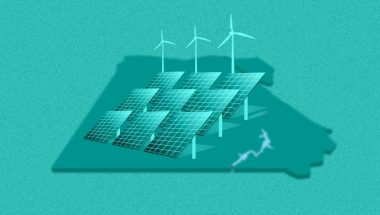- | 9:00 am
Can wastewater be cleaned to grow crops? This KAUST professor is doing it using zero-energy
The new tech could produce about 15% of Saudi Arabia's agricultural water needs.

Let’s face it: the amount of water available to us right now will not be enough to carry us through for years unless we do something different.
According to UNICEF, the Middle East and North Africa region has 11 out of the 17 most water-stressed countries in the world, and agriculture accounts for an average of more than 80% of water use in the region, compared to 70% globally.
Judicious use of wastewater to grow crops will help solve water scarcity in the agriculture sector, especially when we need to produce more food to feed an ever-increasing population.
That was the wake-up call for Peiying Hong, Associate professor of King Abdullah University of Science and Technology (KAUST, who has developed an innovative wastewater treatment method that uses zero-energy and renders water safe to use for agriculture.
“Discarding water after its use as ‘wastewater’ is a lost opportunity,” says Hong. “Wastewater can be cleaned and reused multiple times such that we can keep the same water within an endless loop. This will serve to alleviate water scarcity that continues to plague so many countries.”
With dwindling water resources in the region, she says, there is intensifying competition for water among agriculture, ecosystems, settlements, industry and energy production.
By one estimate, the new tech Hong developed could produce about 15% of Saudi Arabia’s agricultural water needs. And the technology, which could be exported to other countries when it is proven, is currently piloted with MODON (Saudi Authority for Industrial Cities and Technology Zones) in Jeddah, treating 23,000 liters of wastewater per day, and the biomass produced by the system used as agricultural fertilizer.
REDUCES THE NEED OF DESALINATED WATER
For Saudi Arabia, wastewater reuse efforts offer many benefits: They save energy and reduce climate-change emissions. Increasing the use of treated wastewater reduces the need for desalinated water, which is expensive and energy-intensive, leading to higher carbon emissions.
Currently, Saudi Arabia’s treated wastewater is cleaned using an aerobic process. Oxygen is added to waste, which breaks down organic matter. However, Hong says the current way of cleaning wastewater is an energy-consuming process because of the need to aerate the water to facilitate the microorganisms to remove organic carbon from wastewater.
During the process, it also removes nutrients like ammonium and phosphate from the wastewater and produces huge volumes of solid waste. The partially cleaned wastewater is then disinfected to kill the remnant microorganisms, chlorine is then added to disinfect the waste. And chlorine-treated water cannot be used for agricultural needs.
“So while the process is efficient in cleaning the wastewater for safe reuse, it has its limitations in environmental safety and sustainability,” she says.
ZERO-ENERGY WASTEWATER TREATMENT
Hong’s new method employs anaerobic membrane bioreactor (AnMBR) technology that uses microorganisms to convert organic carbon into methane. Water is then filtered and disinfected using UV light and hydrogen peroxide. The output is clean water suitable for growing crops.
“Anaerobic microorganisms do not need dissolved oxygen, hence eliminating the energy needed to aerate the water. Anaerobic microorganisms utilize the organic carbon in wastewater and convert it into methane. Methane can then be converted into electrical energy.”
“We further harvest solar energy and couple it with the energy generated from methane to finance the entire wastewater treatment cleaning process, thereby achieving a zero-energy way of cleaning wastewater,” she adds.
At the same time, anaerobic microorganisms do not remove nutrients like ammonium and phosphate from the wastewater, meaning cleaned wastewater retains the nutrients and serves as a natural form of liquid fertilizer to support plant growth.
“Considering that ammonium is in global shortage and the cost of chemical fertilizer is increasing rapidly, retaining nutrients while cleaning wastewater for reuse makes more sense,” says Hong.
What’s more, the sludge volume produced by anaerobic microorganisms is 20 times lower than that of the current process, hence reducing the solid waste that needs to be disposed of and the costs incurred.
“We also make use of ultraviolet-based disinfection processes to inactivate the remnant microorganisms, in turn reducing the amount of chemical byproducts that are formed. The end product is a clean water stream that is produced in a sustainable way and is safe for reuse.”
Hong has been working on the anaerobic membrane bioreactor for municipal wastewater since it was initiated at KAUST in 2012. “It took us about ten years to scale up the system and develop suitable disinfection and energy-saving solutions to go along with our core technology,” she says, adding that she’s filed a provisional patent for the wastewater treatment system.
In the new system, Hong developed, energy savings is up to 2 kWh/m3 of wastewater cleaned compared to the current process. “We also anticipate tremendous operational cost savings due to the reduced solid waste volume.”
The new system has a smaller site footprint than existing processing plants and is decentralized, which minimizes energy costs related to distribution and transport. The technology has the potential to be deployed as commercially viable. Although it depends on market forces and various factors, Hong hopes for large-scale use of the tech in five years.
REGENERATING GROUNDWATER AQUIFER
Does she see a day soon when wastewater can be repurposed for uses other than agriculture? In collaboration with partners from Australia, Hong is developing a nature-based biofiltration pit that can be integrated into the system she’s developed.
“The clean wastewater that still retains the nutrient will be introduced into the nature-based biofiltration pit that is planted with food crops or with landscaping plants. The plants will be chosen to take up nutrients from the clean wastewater, and the treated wastewater further trickles down the sand filtration column to reach the collection zone,” she says.
“By the time it reaches the collection zone, this water would have a nutrient level that meets the local regulations, and can be reused either for toilet flushing or for regenerating groundwater aquifer.”
Wastewater reuse is a promising sustainability effort, as well as a smart hedge against rising costs and future shortages, as severe drought punishes the region.
“With the huge rise in water demand, there is an absolute need for Middle East countries to treat wastewater efficiently and to reuse them,” Hong adds.
After all, wastewater isn’t really waste at all. It has nutrients, it has energy we can redistribute, ultimately resulting in no waste at all.








































